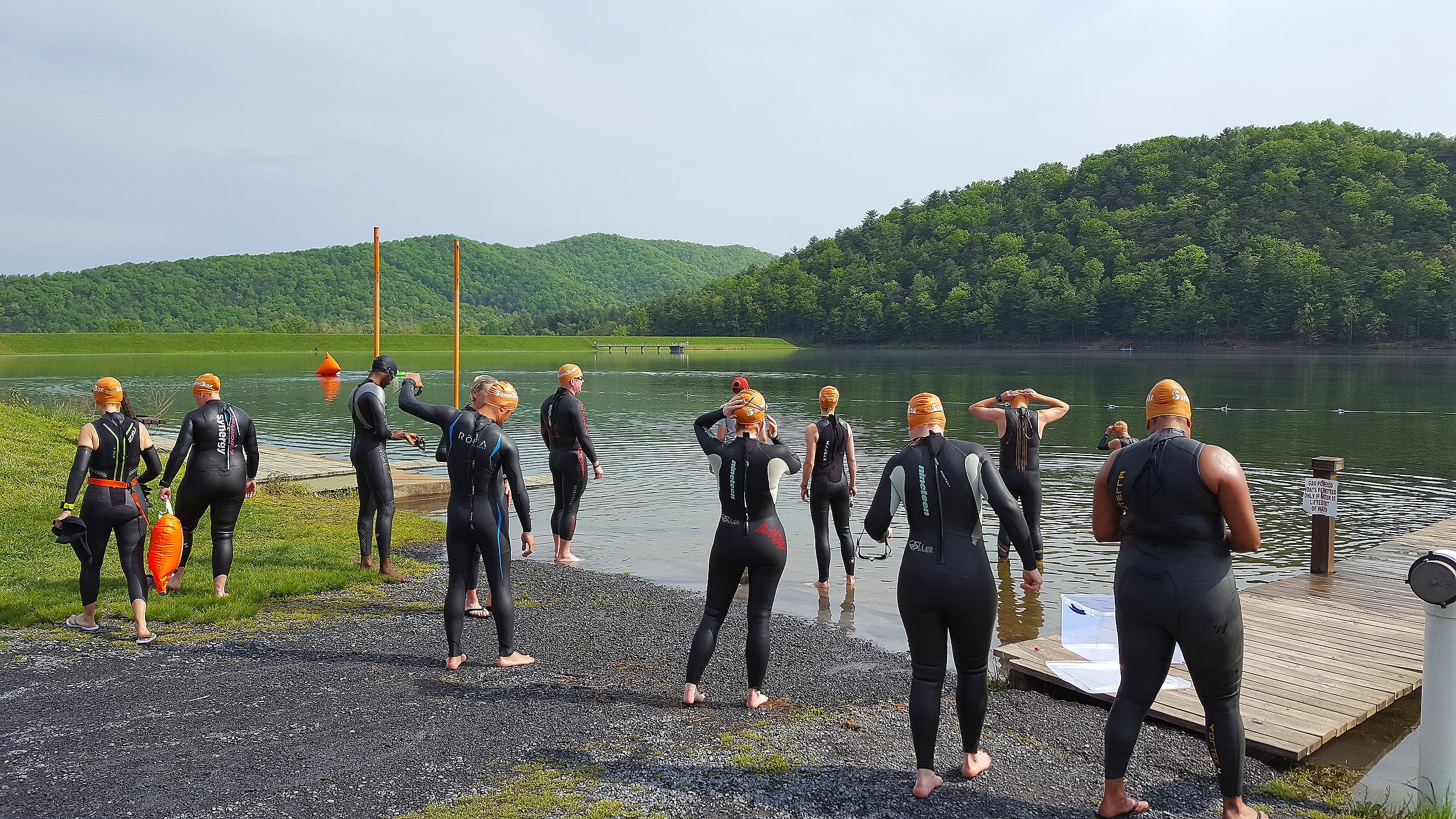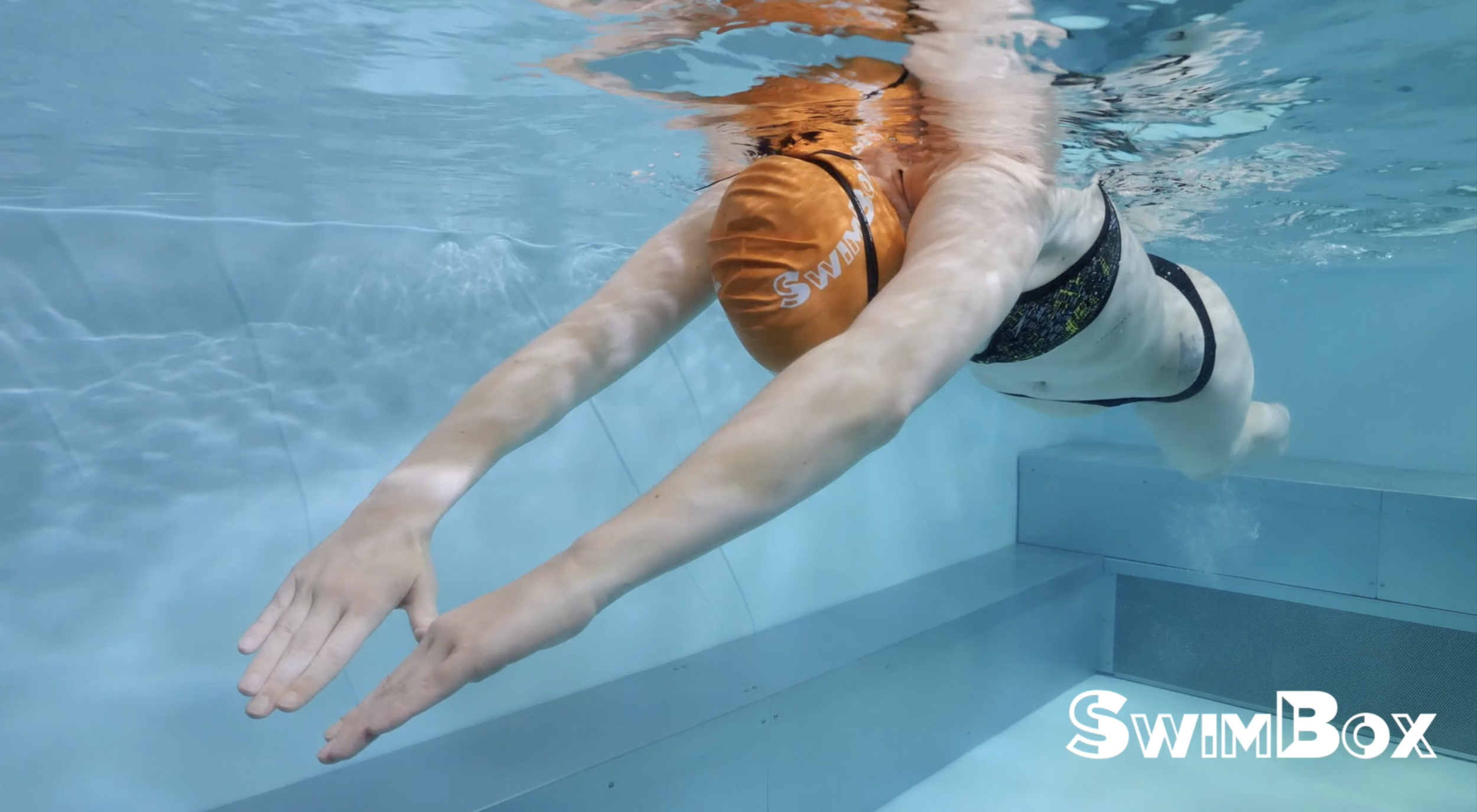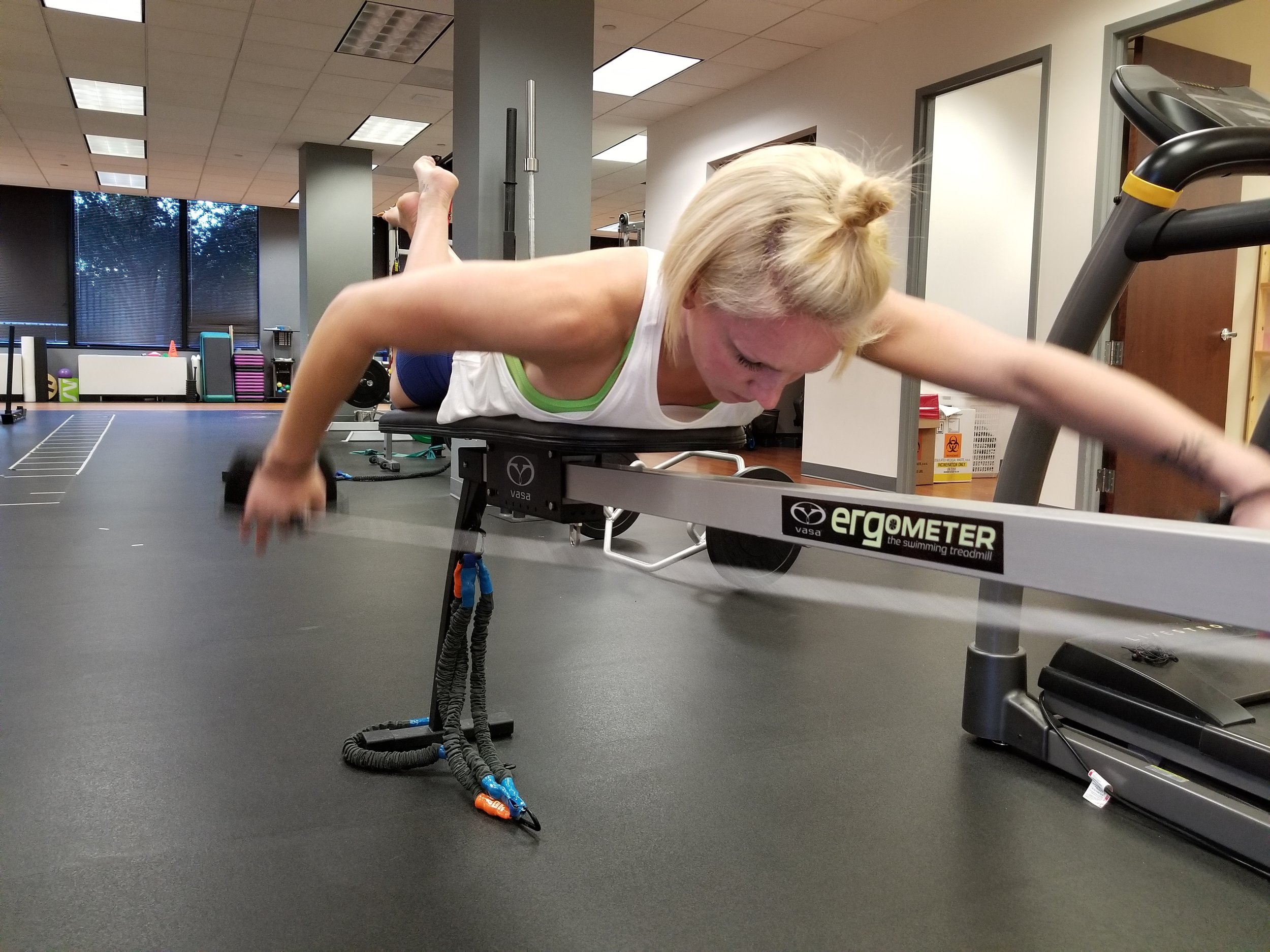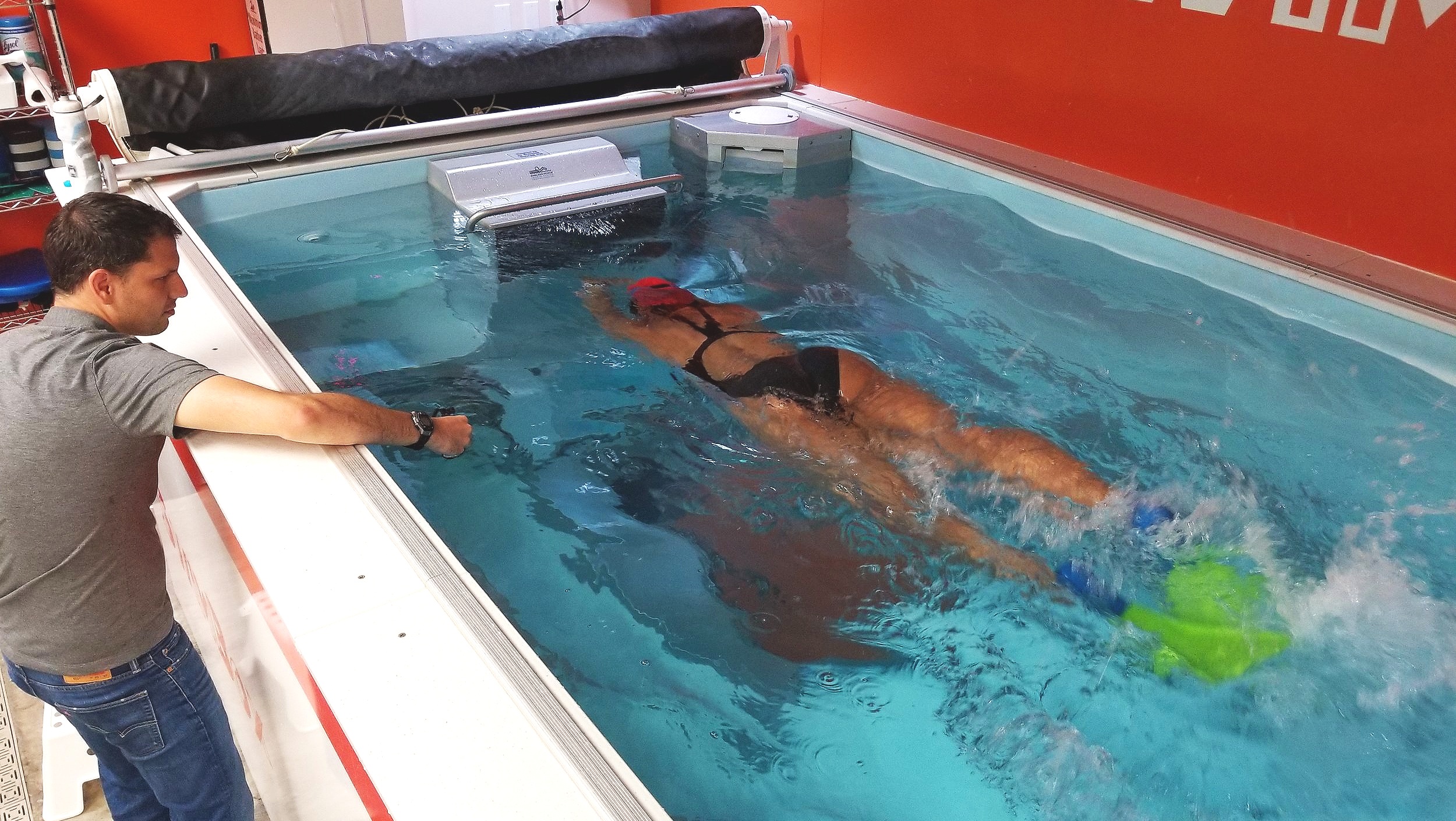With it being peak triathlon season we have a ton of clients that keep asking the same question, “Why are my pool times so much faster than my open water times?” To start, there is no “right” answer, and the exact reasoning varies from person to person. But that being said, there are a few factors that you have zero control over and that affect everyone - even the most experienced swimmers - that I wanted to go over.
The most important thing to always keep in mind is that you can never be 100% prepared for an open water swim. Should I say that again? I think I should. You can NEVER be 100% prepared for an open swim. You just can’t. It’s literally impossible to prepare for all of the unknowns that go into an open water swimming environment. The preparation you can do? Prepare to be unprepared.
Conditions of the water will remain unknown until you show up and start to swim. Just because the water temperature was 76 at this time last year doesn’t mean it will be the same this year. You can read the reports on the chop/current until the minute your toes touch the water and they still might not be accurate. The number of participants fluctuates from race to race, and you can never be sure they’ll be competing at the times you may or may not have looked up online (don’t act like you don’t know what I’m talking about, I know you snoop).
Practicing drills and training to up your endurance for these races are great ways to prepare yourself physically. I’m not saying to stop training or stop working on fixing the problem areas in your stroke, because those are things you CAN control. I’m saying no matter how prepared you are when you swim in the pool, you can never go into an open water race knowing exactly what’s going to happen.
There are countless factors that you can’t control, but that’s okay! You’ve put in the time, the sweat, the effort, and so many more things into your training to physically prepare as best you can. But all of that being said, you simply can’t prepare for the unknowns. Getting over this mentally can be very hard, but will definitely help give you peace of mind come race time.
What you can do is be aware that there are always going to be unforeseen conditions. Storms that come out of nowhere, crazy water temperatures, and huge packs of people you can’t break away from during the swim. Keeping that in mind, and reminding yourself of it as you approach your big race, will be a big help mentally and keep you from being shocked if something unplanned happens come race day. All of these conditions cause your swim to change, and usually not in a good way.
Even if you have perfect conditions, and everything goes to plan with how you prepared, your times still might be off. Why? More often than not a swimmer will unknowingly slow their cadence down when they hit the open water. There are plenty of underlying and subconscious fears competitors have when they get to the open water that they aren’t even aware of, which causes your body to slow down so you can steady your breath, keep your heart rate down, and avoid a panic attack. This is your body’s way of trying to protect you from the unknown. It’s hard to see that when it’s happening since you’re not in a controlled environment, but it’s something you can keep at the front of your mind during your next race. Remember to keep your cadence up and focus on competing, not just making it through, in the swim.
That’s another factor to keep in mind: how lots of people - whether they know it or not - just do enough to make it through the swim, and “save up” for the bike and the run. That’s the easiest answer as to why your pool times don’t match up with your open water times. I know it’s a long race, and I’m sure people are worried about using up their energy or tiring themselves out on the first leg. But at the end of the day all three legs of a triathlon are a race, not just the bike and the run. So don’t forget to start competing when you hit the water, not when you leave it.
The last thing that a lot of people during an open water swim is stop. You’re probably reading that thinking, “there’s no way I stop during a swim, what is she talking about.” But stopping in the water doesn’t have to mean standing up or grabbing a kayak and completely pausing your progress. If you’re not used to a crowded swim, you’re probably spending a good chunk of time getting used to being touched by other swimmers. And the first few times it happens your body is going to react automatically by halting your movements and freezing up a bit. Which takes time to get back into your rhythm afterwards.
Another way people stop is when they’re sighting. This one is huge because most people - especially people new to open water - don’t realize they’re doing it, but will pick up their head far too much and keep it up far too long to completely focus on what’s in front of them. When this happens your lower body sinks, you lose your momentum, and you can even go from being vertical to horizontal if you spend long enough in this position. The time and energy it takes to get back into the proper position and get moving again might not seem like much when you’re in the act, but it eats up your swim time and adds up with each time this happens.
Looking at these factors one at a time might not seem like they could do that much damage, but put them all together and it should start to make sense how your usual 1:27/per 100 pace in the pool comes out as 1:59/per 100 pace in the open water.
Mental preparation is just as important as your physical training. So before your next race take some time to consider all of the things I talked about and keep reminding yourself of them leading up to the race. As one control freak to another, I know it’s hard to not have control over everything, but at least this gives you some mental readiness for what may, or may not, happen.




















